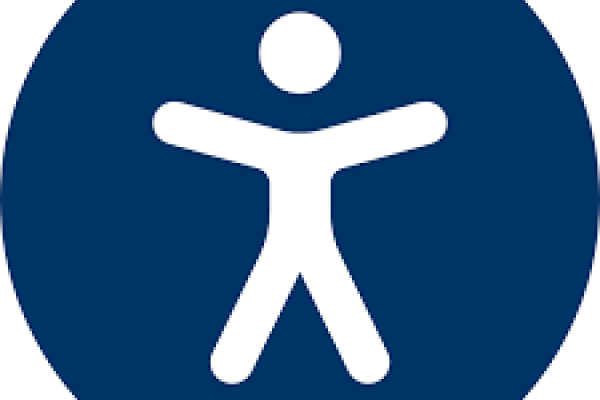New ADA Title II Regulations: What You Need to Know

In April 2024, the Department of Justice (DOJ) issued a new rule under Title II of the Americans with Disabilities Act, which mandates specific digital accessibility requirements for state and local government organizations, including public higher education institutions like The Ohio State University. The recent amendments emphasize the need for web and digital content to be accessible, inclusive, and ensures that people with disabilities can participate fully in all aspects of their lives, including education.
Key Changes
Standards
Title II requires that all web content, including course materials, mobile apps, and third-party tools conform with the Web Content Accessibility Guidelines (WCAG) 2.1 Level A and AA. The deadline for compliance is April 24, 2026. Note that Ohio State’s Minimum Digital Accessibility Standards (MDAS) and the Digital Accessibility Policy have already incorporated these standards.
Scope
All digital content and services offered by public higher education institutions must be accessible, making all navigational features and interactive elements accessible, ensuring compatibility with assistive technologies. This includes providing alternative text for images and using captions for videos. The regulations apply to online learning platforms (like CarmenCanvas), course content, university websites, and all applications and software used by or contracted with the university. The regulations apply broadly to web content, which is anything viewable via a web browser and encompasses all course-related materials, including those behind a login. They apply to all public-facing, student-facing, and employee-facing content.
How Will This Impact Your Work
With the new regulations, instructors need to start thinking about ways they can provide their course content in an accessible manner to all students. This includes, but is not limited to:
- Textbooks and textbook platforms/integrations, built in quizzes, knowledge checks, assessments, and interactions
- Course content, like websites, PDFs, videos, images, graphs
- Canvas pages and modules, course structure
- Assignments, exams, projects, and
- Any external learning tools
For example, if you link to or embed an external website in your course, like Ohio Department of Education, that website must meet WCAG 2.1 A and AA compliance. This applies even if you are not the owner or creator of the website.
Resources
The Office of Distance Education in the College of Arts and Sciences understands that this seems daunting, but we’ve developed some resources to get you started:
- Creating an Accessible Course
- Five Ways to Improve Accessibility in your Carmen Course, from the Teaching and Learning Resource Center
- Accessible Course Content in CarmenCanvas, from ASC Digital Accessibility Team
- UDXL: How to Use Design Thinking to Improve Your Online Course
- Digital Accessibility Interventions for STEM-Specific Teaching and Learning
- Composing Alt Text for Images
- How to Generate Captions and Transcripts for Video and Audio-only Files
- Utilizing the Accessibility Checker in Canvas
Digital Accessibility Services at Ohio State also has training and resources available, including BuckeyeLearn Skills Courses, guides, and evaluation tools. Please note you may be asked to login before accessing the DAS resources.
Additionally, there are many great resources available to learn more about digital accessibility:
- Easy Checks – A First Review of Web Accessibility – W3C
- Accessibility Fundamentals Overview – W3C
- Create and Verify PDF Accessibility – Adobe
- Create Accessible Office Documents – Microsoft
- Contrast Checker – WebAIM
If you have any questions, concerns, or would like additional information please reach out to ODE using our Consultation Request form. You can also reach out to Digital Accessibility Services at Ohio State via email: das@osu.edu or ADA Digital Accessibility Center via email: accessibility@osu.edu.
